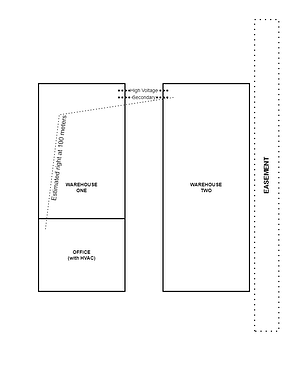New user/disclaimer:
I am a new user of the forum. I’ve read everything to try to ensure I follow all the rules, so please be gentle if I’ve overlooked something. And thank you to Mr. Lawrence for making this incredible site for this type of collaboration.
Introduction:
I work for a warehousing company that is trying to keep computer costs as low as possible (aren’t we all, though?). That being said, we’ve taken IT into our own hands and have followed Mr. Lawrence’s suggestions over the past 3 years of major system upgrades with a Netgate 4100 at the head of the network, an Unifi USW-Pro-48-PoE running the entire office systems’ on each respective isolated VLANs, and a USW-24-PoE in an even more secured office focusing on the locked down “camera network” with a Synology and Reolink cameras running the security system. I feel like this is pretty familiar for those of us who have been those that have followed Lawrence Systems on Youtube for a few years now (okay, outside the Reolinks).
The company has two warehouses that are physically separated. Thankfully when the second warehouse was constructed decades ago, there were two tunnels made underground to connect the two structures, one made for power (high voltage) and one made for whatever would’ve been needed in the future (which would have been analog phones in the day, but anyways). There is an easement on the other side of the second warehouse that has no HVAC, and management would like to tie multiple cameras into the current surveillance system due to several break-ins in the area and other companies catching the thieves running up and down these easements in the area.
The Problem: TL;DR
So, the question is how to tie in more cameras to the existing surveillance system most efficiently. The aforementioned underground tunnel is estimated by myself and management right at that magical 100-meter meter marker (to get from the server room to the rafters through the tunnel to the second warehouse), not to mention next to high voltage when running underground. So, ethernet feels out of the question.
Solution A:
As proposed to management by myself, I think running fiber from the air-conditioned office across to a “sub-switch” to run any future expansion over in the second warehouse (cameras, PA horns, a VOIP phone on the dock, etc.). But is there a switch that can take a Texas warehouse’s HOT and dusty environment? And while we’ve taught ourselves how to head ethernet, is getting tools to run and head fiber feasible for one job?
Solution B:
As proposed by management. The second solution is a building-to-building bridge on the roofs. Much cheaper (a lot less payroll time running cable), but the concern is being in Texas, our natural disasters tend to be wind-related (tornados and hurricanes), and when you REALLY need the “new, warehouse 2” cameras to work after a disaster (looters), a wireless bridge is less reliable.
Conclusion:
To recap, the two questions are:
What is the most efficient way to get a signal for multiple cameras back from the second warehouse to the office, being at 100 meters of distance in cabling next to high voltage?
What is the best way to power these cameras in a HOT warehouse, knowing PoE switches tend to run warm already?
We are open to other suggestions. I have searched the forums for a few weeks to find a similar issue to see if there is already a suggestion out there, but could not come across one. Thank you for any replies. I know this is extremely long-winded, but I wanted to get all the details out at the start.
